Yates Account
Join now
Create a Yates account today!
Sign up to join the Yates Garden Club for monthly e-mails packed with seasonal inspiration, tips for success & exclusive promotions.
Plus if you’re a Garden Club member you can take part in the Yates Growing Community - a blog to share successes, get advice & win prizes in fun challenges along the way!

Forgot password
Enter the email address associated with your account, and we'll email you a new password.

An apple a day keeps the doctor away, so they say! But we think it’s because growing apples (and a garden, for that matter) helps keep you happy and healthy. Apples can grow into large trees, but you can also find miniature forms, which are perfect for growing in smaller spaces. You'll need at least two different apple varieties to help with pollination and fruit set. Get that right and she’ll be apples!
How to grow Apples in your garden
- Choose a sunny spot with well drained soil. Enrich the soil with Yates Dynamic Lifter Organic Plant Food. If the soil is clay based, add gypsum and fork in well.
- Dig the planting hole twice as wide and to the same depth as the root-ball. Remove the plant from the container, gently tease the roots and cut away any circled or tangled roots.
- Position in hole and backfill, gently firming down. Form a raised ring around the plant, creating a well so that water will go where it’s needed most. Water in well.
- Mulch around the base with an organic mulch like woodchip or pea straw, keeping it away from the trunk.
- Water deeply, once or twice a week, depending on weather conditions.
- Feed with Yates Thrive Citrus & Fruit Granular Plant Food in early spring and late summer. When in flower, feed weekly with Yates Thrive Fish Blood & Bone Plant Food Concentrate to help promote more flowering and fruiting.
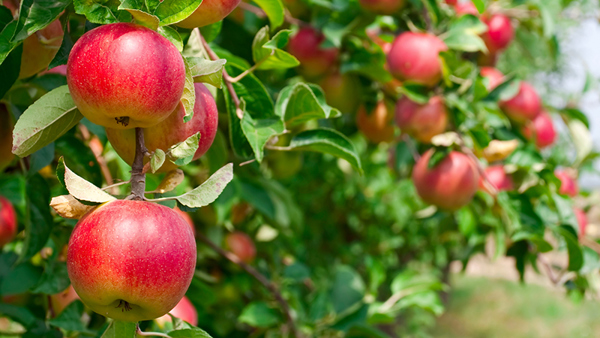
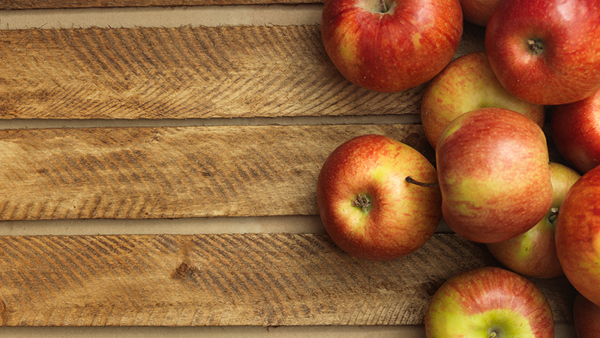
How to grow Apples in a pot
Apples can be grown in pots, but look for the dwarf/miniature varieties such 'Blush Babe' or 'Little Rascal'.
- Choose a pot at least 600mm wide. Position in full sun and fill with quality potting mix, such as Yates Premium Potting Mix.
- Remove the plant from the container, gently tease the roots and cut away any circled or tangled roots.
- Position in hole and backfill, gently firming down. Water in well.
- Water deeply, once or twice a week, depending on weather conditions.
- During the growing and flowering/fruiting season, apply Yates Thrive Citrus Liquid Plant Food. Also try Yates Thrive Natural Fish & Seaweed+ Plant Food Concentrate throughout the year.

Growing tips
- Apples are best planted in late autumn or winter, but they can be planted in other seasons.
- Apple trees come in a variety of sizes, from dwarf trees that can be grown in large pots, all the way up to large 5m tall trees that need a lot of space around them. Check the fully-grown height of the variety and visualise it in your space to make sure it’ll be a good fit.
- Most apple trees will be grafted on to rootstock. Because the rootstock controls how large the tree can grow, there’s a coding system that tells you the mature size of the tree you’re looking at – examples are M9 (dwarf apples), M27 (extra-dwarf petite apples for pots) or MM111 (large home orchard-sized tree). Your apple tree nursery can advise which code you need to go for, to fit your intended space.
- For maximum fruiting, apples must have another variety that flowers at the same time and is within bee-travelling distance. This needn't discourage you if you're space-challenged; you can solve it by selecting a double or triple-grafted tree (which has two or three different varieties on the one set of roots) or by planting two small growing trees very close to each other.
- Apples need cool-to-cold winters for fruit development – chilling hours (the number of hours a fruit tree needs to be exposed to effective winter temperatures for flower buds to break dormancy) vary between varieties, so check your climate and area before purchasing.
- Picking up fallen fruit is critical to help prevent pests and diseases. Prune trees to encourage an open-centred 'vase' shape – this allows for better air and light circulation.
- Fruit develops on branches that are two years old (or older), so take care when pruning or you might affect your next harvest.
- Early flowering and fruiting varieties include, ‘Gala’, ‘Early McIntosh’ and ‘Red Gravenstein’.
- Late flowering and fruiting varieties include, ‘Delicious’, ‘Pink Lady’, ‘Jonathan’ and ‘Granny Smith’.
- Pre-spring application of copper-based products, such as Yates Copper Oxychloride Fungicide or Yates Liquid Copper Fungicide will help control some common diseases.
More Plants
Lemon trees can grow up to 4m, but you can also get dwarf varieties that only grow to 1.5m which are perfect for small gardens and for pots.
Feijoa
Feijoa trees are a familiar sight in kiwi gardens; they're also a great choice for an edible hedge. The delicious fruit can be eaten fresh; they’re also perfect for using in cakes, muffins, jams, cocktails, desserts, fruit salad and smoothies.
Raspberry
Raspberries are best when they're fresh, and you can’t get any fresher than picking your own! Delicious when eaten raw and in desserts, jam or jelly.
Limes
Lime fruits are known for their delicious juice and zest. A highly flavoursome ingredient used in sweet or savoury dishes and sensational in drinks.
Recommended products
Yates Dynamic Lifter Organic Plant Food
Releases nutrients slowly, improves the structure and moisture retention of the soil and encourages earthworms and beneficial soil micro-organisms.
Yates Thrive Citrus & Fruit Granular Plant Food
Fast acting, gradual feeding plant food specially formulated to grow citrus & fruit trees, with high potassium for more abundant fruit & added magnesium to help prevent leaf yellowing.
Yates Premium Potting Mix
A premium potting mix, ideal for all potted plants and shrubs, including ornamentals, fruit trees, vegies and herbs.
Yates Thrive Fish Blood & Bone Plant Food Concentrate
A balanced fish based plant food boosted wtih added NPK to ensure strong, lush plant growth and healthy soil.








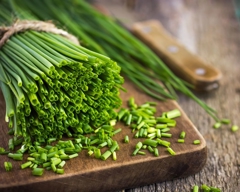

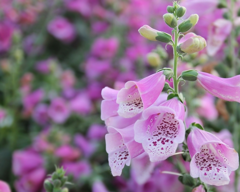
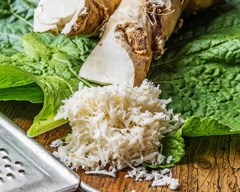
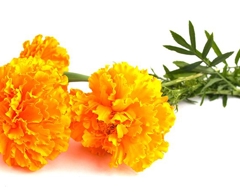








Share
Share this article on social media